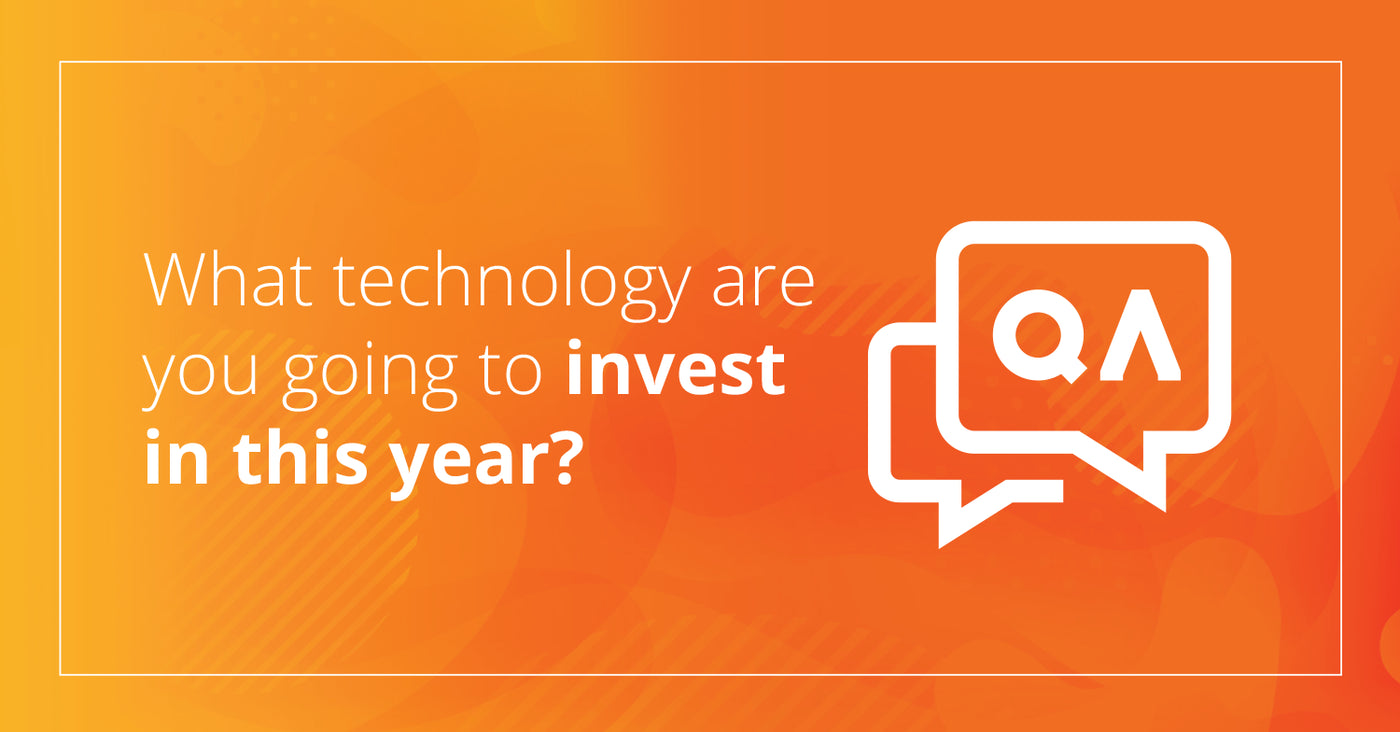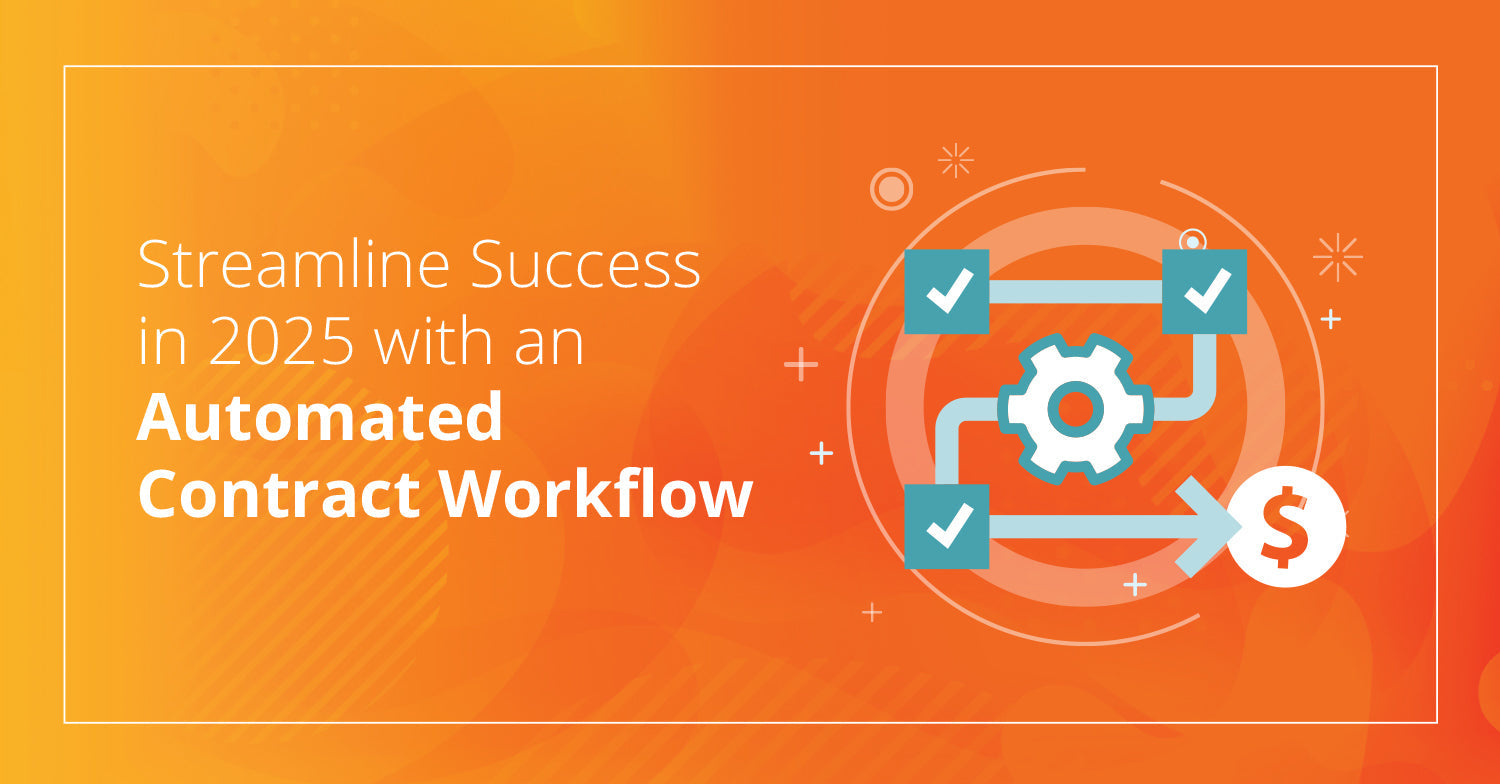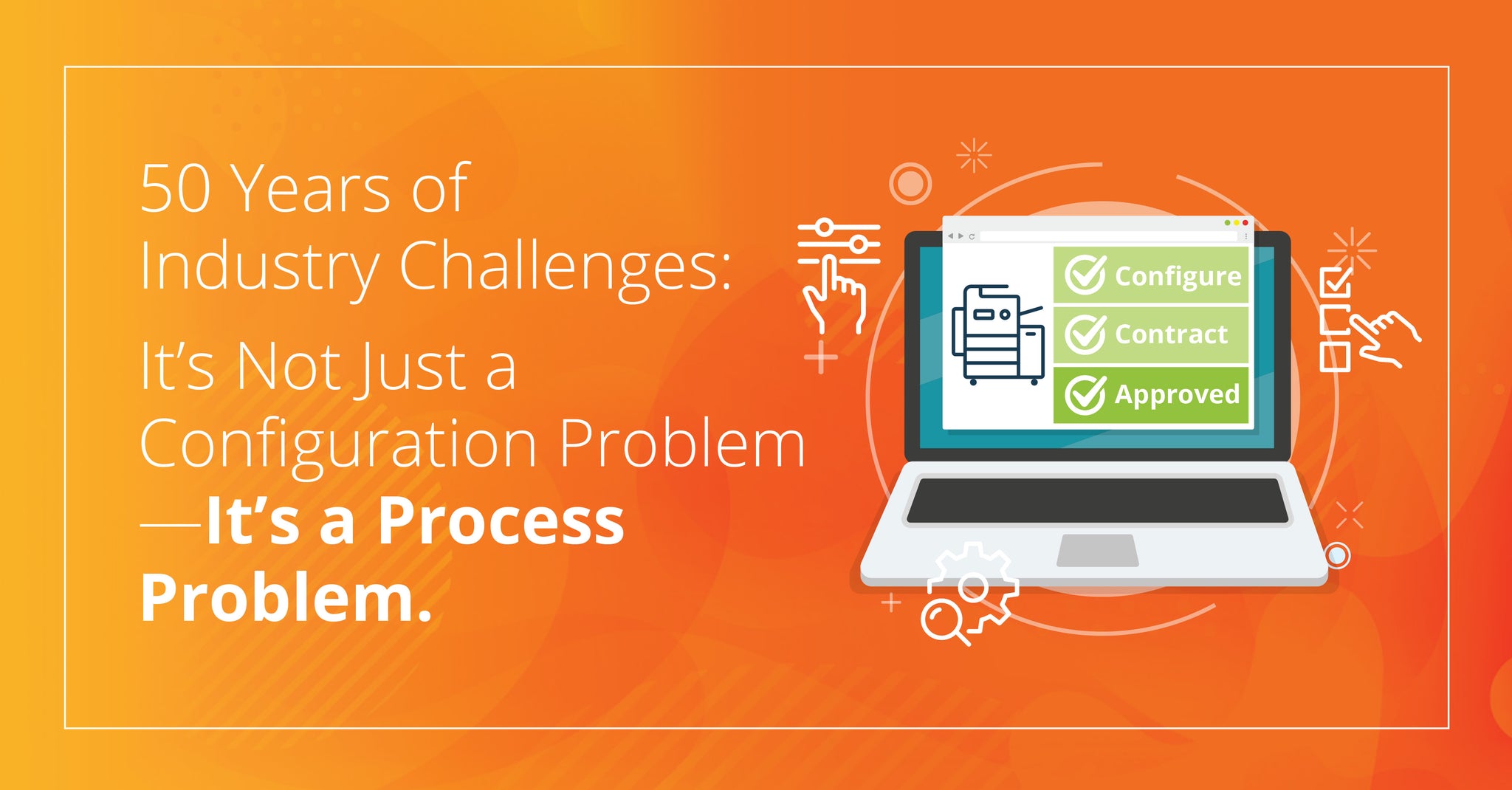
Covid has not stopped your phone from ringing. People always want to sell you on a new solution that will help your company. Technology marches onward, and every year presents a shiny new toy for your team to play with. As a business owner, you get to sift through the various pitches. What technology are you going to invest in this year?
Depending on the size of your company, you can be busy. In 2015, the United Nations announced their goals for the millennium. Yes, the millennium, so they were in essence 15 years late! But that’s not even the best part. They narrowed the list down to 169 targets. There is no way anyone can have 169 priorities, even if you are the size of the UN. So instead of actually making a difference in a few specific areas, everyone got a little sprinkling of budget, and nothing significant was accomplished.
So, what of your business? You are going to disappoint some employees as their pet projects are pushed aside. Here are some important questions to ask:
Will this initiative increase revenue or decrease costs?
Cost reductions need to either eliminate people or existing infrastructure spending. I would be REALLY hard on this question. For example, getting a new accounting system or a new remote monitoring system? Great. How will that save money? Are the licensing and maintenance fees less? Will you reduce headcount by one or more people?
Too often, the justification for new technology is that “it’s way better…” This is a terrible answer. It ignores the upheaval to your employees, and your customers. Learning anything new is difficult. Learning curves cost money. Confused customers cost revenue.
How long will the implementation take?
I have heard horror stories about companies changing their accounting and ERP systems. I worked with a client that took over a year to roll out 1200 new instances of a new remote monitoring system. In several cases the partner took far longer than they had planned. Delays impact your ability to roll out additional plans.
How will this help our customers buy more from us?
The most important question you ask today. Every day. Respectfully, you can’t invest in products that make the job easier for your employees, unless as we discussed above, that this leads to a lower headcount.
 E-commerce should be viewed through this lens. MPSToolbox has a connector to your remote monitoring system: Supply Cupboard. You can count all of the devices you are monitoring, but not managing.
E-commerce should be viewed through this lens. MPSToolbox has a connector to your remote monitoring system: Supply Cupboard. You can count all of the devices you are monitoring, but not managing.
Your customers are buying those machines, the supplies, the parts they consume, and the service they need from a competitor. That number is easily quantifiable. As an example:
- 1000 devices
- 20% are color
- They consume one cartridge every six months for mono printers, four if they are color
- 1600 mono cartridges + 1600 color cartridges = 3200 cartridges per year
- $100 per cartridge = approximately $320,000 in supply revenue
Building an e-commerce site opens up this potential revenue stream. Of course you have to work at it, you have to sell the customer on a switch from their current vendor to you, but at least now you have a reason to do so, and a process that is better than their current system.
How would a new ERP, or a new remote monitoring system affect revenue? I don’t see it. Contact us to see how MPSToolbox and Supply Cupboard can be your growth engine for 2021 and beyond.
P.S. Do you need proof that e-commerce works?
- An MPSToolbox client put over $1.7 million in supplies revenue in 2020
- One site booked over $1 million in equipment leasing in its first year
- A client sold a $68,000 IT deal as a result of bringing on the MPSToolbox IT catalog


